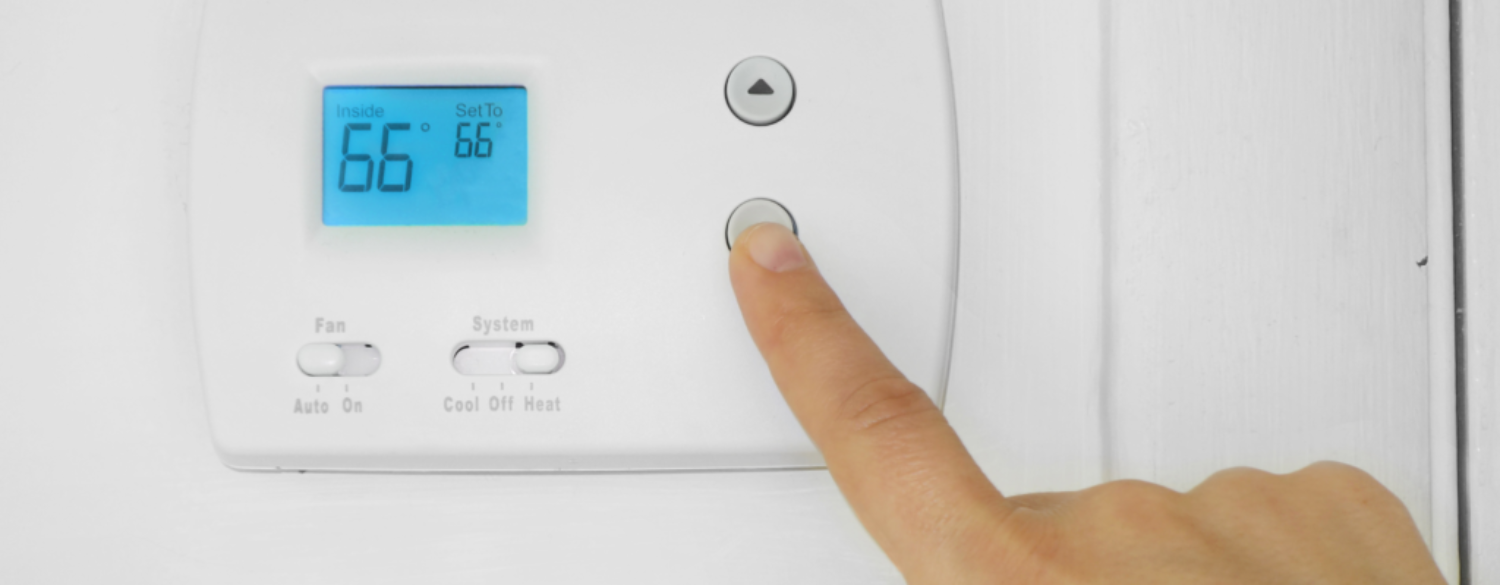Using HVAC Dampers to Improve Air Flow in Your Home
Unless you live in a perfect Mediterranean environment where the temperature remains at a comfortable level all year long, you most likely have to adjust your HVAC (heating, ventilation and air conditioning) system with seasonal changes. In the winter, you want hot air to circulate throughout your home, and in the summer, cool air should fill all your rooms. Aside from switching your thermostat from “heat” to “cool,” a great way to regulate temperature and air flow is by adjusting your HVAC dampers. Similar to how a dam controls water flow, dampers control air flow. By opening or closing them, you can promote or prevent airflow to certain parts of your home. Read on for more info about how and when to use HVAC dampers.
DAMPER LOCATION AND HOW IT WORKS
Not every home has HVAC dampers, but if yours does, they are found inside the ducts of your HVAC system. They look and function like flaps or shutters. If you have a two or three story home, the main air duct that runs from the mechanical room likely branches off into two or three different ducts to move air into each floor. On the sides of each of these ducts, you can see a screw and a wingnut that can be turned perpendicular or parallel to the direction of the duct. These wingnuts control the direction of the dampers, or flaps, inside. Some homes have automatic dampers that can be adjusted via a digital display within the thermostat.
In order to adjust the damper, you can use a pair of pliers to turn the wingnut up or down. If your air duct runs parallel to the floor, keeping the wingnut parallel to the bottom of the duct keeps the damper open. If you switch the wingnut’s position to point down, perpendicular to the bottom of the duct, you close the damper.
USING DAMPERS DURING THE SUMMER
During the hot summer months, you want cool air to circulate into each area of your home. As hot air rises, your top level floor will need increased airflow to feel cool. In this case, adjust the dampers to be fully open in the ducts that push air to the top floors. This will help force more cool air in places that naturally become warmer due to convection.
USING DAMPERS DURING THE WINTER
During the cooler months, bottom floors should get more heat. Because hot air rises, your home’s top floors will naturally already be warmer. In this case, you’ll want to limit hot air flow to the top floors by closing the dampers to those areas and opening the dampers for the bottom floors.
ADJUSTING AIR REGISTERS
In addition to adjusting your HVAC damper, you can also adjust the air registers in each room to regulate the flow of hot or cold air. Air registers are usually in the ceiling or on the floor. You can either close them entirely or narrow the air flow to maintain ideal room temperatures.
If you’re finding that your rooms are still too hot in the summer, or too cold in the winter, contact South Sound Inspections to get a full assessment of your HVAC system and dampers to ensure the best possible climate for your home.



